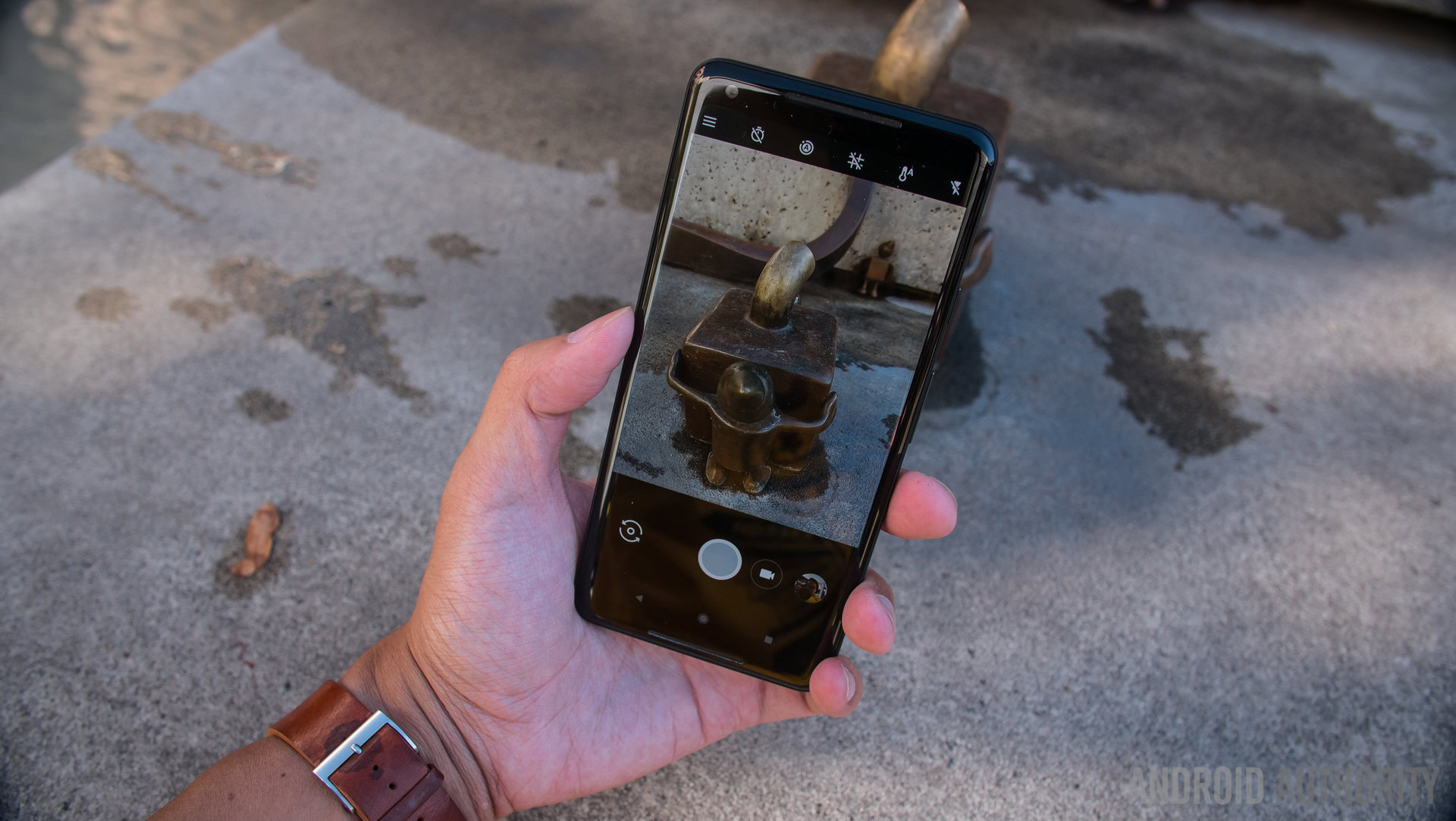Affiliate links on Android Authority may earn us a commission. Learn more.
Google teamed up with Intel for the Pixel Visual Core
October 24, 2017

Google’s focus on artificial intelligence and machine learning has led it to a partnership with a somewhat surprising source: Intel. Inside the Pixel 2 and Pixel 2 XL sits the Pixel Visual Core, a chip that is designed to compile HDR+ pictures up to 5x faster and consume 1/10th the power. The chip can perform 3 trillion operations per second thanks to eight IPU cores that each contain 512 arithmetic logic units (ALUs). Google’s solution allows its phones to process pictures and apply effects that other phones need another camera to pull off. You can read more about what exactly the Pixel Visual Core is and how it functions in our breakdown of the chip.
It’s not that surprising Google has a chip in its phones that focuses on AI and machine learning. In fact, we’ve recently seen other recently released devices advertise the same thing. What does catch our attention is the fact that Google went to Intel to design the chip.
As you may remember, Intel made a push into mobile chips with its Atom processors that popped up in a few phones. But, it simply couldn’t compete with ARM who owns the mobile space by licensing out its designs to companies like Qualcomm. Intel eventually abandoned its mobile processors and signed a deal to produce ARM-based Intel chips.
See also: Google announces its plan to make artificial intelligence more ‘human’
We’re left to ask ourselves if this collaboration is just a one-off project for Intel or if its shifting focus again. Could Intel’s new strategy to take back a share of the mobile space actually come via leveraging chips that specialize in AI and machine learning? Google and others have made an obvious push to center its devices and software around the use of AI with mobile assistants like Google Assistant, Alexa, and Bixby taking prime spots in advertising. If AI is the future, then will Intel be the one powering it?
When confirming the collaboration, a Google spokesperson noted that no existing chips did exactly what it wanted for the new Pixel devices. That made Intel a logical choice as it has made progress in AI recently. With Google’s software push towards AI and Intel’s hardware advancements, could this be a match made in heaven?
Thank you for being part of our community. Read our Comment Policy before posting.